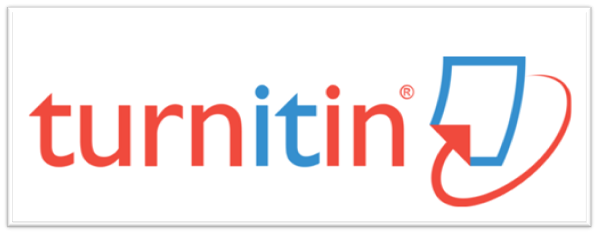PENERAPAN DATA MINING DENGAN ALGORITMA NAIVE BAYES CLASSIFIER DALAM MEMPREDIKSI PEMBELIAN CAT
DOI:
https://doi.org/10.33884/jif.v9i01.3702Keywords:
Data mining, Puchase of paint, Naive bayesAbstract
Companies need several types of communication technology that can predict customer purchase interest, the goal is that the company can properly consider product sales and determine the company's paint product supply. So far, the decision of the Home Smart sales manager has been made by looking at the closeness of the supplier relationship and how many sponsors are funding the company. So that sometimes the product cannot compete with other companies. The Naive Bayes classifier algorithm is one of the algorithms included in the classification technology. The application of the Naive Bayes method is expected to predict paint purchases from suppliers. From 60 paint purchase data tested with the Naive Bayes method, the results reached 80% of the accuracy of the predictions. Of the 60 tested paint purchase data, 48 paint purchase data were successfully classified correctly.
References
[2] A. S. Mubarok, F. T. Informasi, U. Hasyim, and T. Jombang, “Deteksi Minat Beli Pelanggan Terhadap Produk Paket Internet Menggunakan Algoritma Naïve Bayes,” vol. 03, pp. 58–63, 2019.
[3] T. I. Andini, W. Witanti, and F. Renaldi, “Prediksi Potensi Pemasaran Produk Baru dengan Metode Naïve Bayes Classifier dan Regresi Linear,” Semin. Nas. Apl. Teknol. Inf., pp. 27–32, 2016.
[4] A. Saleh, “Implementasi Metode Klasifikasi Naïve Bayes Dalam Memprediksi Besarnya Penggunaan Listrik Rumah Tangga,” Creat. Inf. Technol. J., vol. 2, no. 3, pp. 207–217, 2015.
[5] P. D. Atika, “IMPLEMENTASI ALGORITMA NAïVE BAYES CLASSIFIER UNTUK ANALISIS SENTIMEN CUSTOMER PADA TOKO ONLINE,” vol. 12, no. 4, pp. 303–314, 2019, doi: 10.30998/faktorexacta.v12i4.5224.
[6] M. S. Mustafa, M. R. Ramadhan, and A. P. Thenata, “Implementasi Data Mining untuk Evaluasi Kinerja Akademik Mahasiswa Menggunakan Algoritma Naive Bayes Classifier,” Creat. Inf. Technol. J., vol. 4, no. 2, p. 151, 2018, doi: 10.24076/citec.2017v4i2.106.
[7] D. F. Pramesti, M. T. Furqon, and C. Dewi, “Implementasi Metode K-Medoids Clustering Untuk Pengelompokan Data Potensi Kebakaran Hutan / Lahan Berdasarkan Persebaran Titik Panas ( Hotspot ),” J. Pengemb. Teknol. Inf. dan Ilmu Komput., vol. 1, no. 9, pp. 723–732, 2017.
[8] S. Suprianto, “Implementasi Algoritma Naive Bayes Untuk Menentukan Lokasi Strategis Dalam Membuka Usaha Menengah Ke Bawah di Kota Medan (Studi Kasus: Disperindag Kota Medan),” J. Sist. Komput. dan Inform., vol. 1, no. 2, p. 125, 2020, doi: 10.30865/json.v1i2.1939.
[9] R. R. Husin Sariangsah*, Wanayumini, “Penentuan Kelas Menggunakan Algoritma K Medoids Untuk Clustering Siswa Tunagrahita,” J. Media …, vol. 5, pp. 83–89, 2021, doi: 10.30865/mib.v5i1.2547.
[10] Y. S. Nugroho, “Klasifikasi dan Klastering Penjurusan Siswa SMA Negeri 3 Boyolali,” Khazanah Inform. J. Ilmu Komput. dan Inform., vol. 1, no. 1, p. 1, 2015, doi: 10.23917/khif.v1i1.1175.
[11] H. Annur, “Klasifikasi Masyarakat Miskin Menggunakan Metode Naive Bayes,” Ilk. J. Ilm., vol. 10, no. 2, pp. 160–165, 2018, doi: 10.33096/ilkom.v10i2.303.160-165.
[12] Simanjuntak, P., & Elisa, E. (2019). Data Mining Untuk Menentukan Pemilihan Celular Card Di Kota Batam. Journal Information System Development (ISD), 4(2).
Downloads
Published
How to Cite
Issue
Section
License
Copyright (c) 2021 JURNAL ILMIAH INFORMATIKA

This work is licensed under a Creative Commons Attribution 4.0 International License.






















